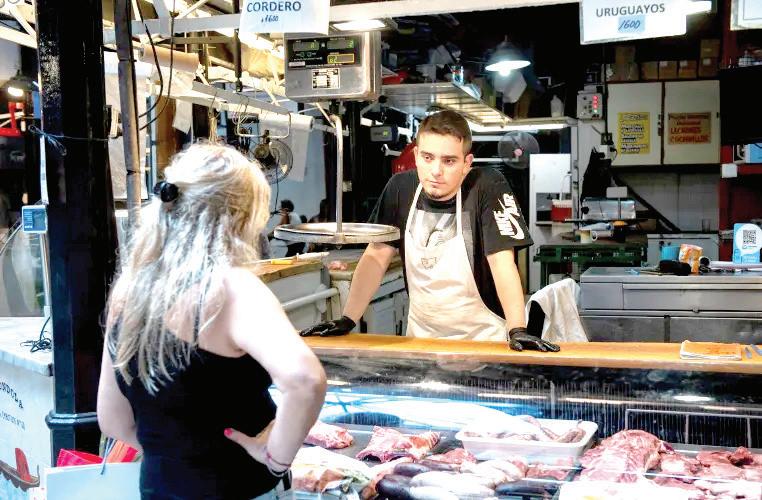
1 minute read
Inflation in Argentina surges past 100% in historic spike
Inflation in the South American country of Argentina has risen past
100 per cent for the first time since 1991, according to the Government’s latest consumer price index.
The National Institute of Statistics and Census (INDEC) released its February report on Tuesday, pinpointing Argentina’s annual inflation at 102.5 per cent as the country continues to suffer from one of its worst economic crises in decades.
In February alone, inflation rose 6.6 per cent, with food and beverages identified as the category of items most affected. INDEC credited the 9.8-per cent increase in food costs to steep prices for meat, dairy, and egg products.
The latest inflationary jump arrives as Argentina contends with a historic drought, its worst in near- ly 60 years, and wildfires in areas like the northern Corrientes province.
The country is a leading exporter of soybeans, alongside the United States and Brazil, as well as other agricultural products like corn, wheat, and other grains.
But with crops failing in Argentina’s fertile grasslands, known as the Pampas, industry experts have slashed the country’s expected agricultural yields to levels not seen since the turn of the century. High temperatures, believed to be sparked by climate change, have beleaguered the country since May 2022.
Argentina has the second largest economy in South America. But for much of the last century, its market has been notoriously volatile, with a debt crisis in the 1980s spurring chronic hyperinflation throughout that decade.
(Excerpt from Al Jazeera)










